Data collection is an important way to acquire the state of the physical world and serves as the foundation for various complex wireless sensor network applications.
The mobile data collection of wireless sensor networks has broad application value. Depending on the different types of sensors onboard, it can detect various phenomena in the surrounding environment, including electromagnetic signals, temperature, humidity, noise, light intensity, pressure, soil composition, as well as the size, speed, and direction of moving objects. It has wide applications in military, aviation, anti-terrorism, explosion-proof, disaster relief, environmental monitoring, and medical fields. Today marks the early stage of the booming development of the Internet of Things (IoT), where the development of mobile data collection in wireless sensor networks plays an immeasurable role in industrial control, environmental monitoring, target tracking, medical care, and military fields.
The data collection of wireless sensor networks
Data collection patterns in wireless sensor networks can be divided into: ① Continuous data collection, where each sensor node in the network periodically generates sensing data and transmits it to the base station; ② Query-based data collection, where only sensor nodes that have data matching the user’s query requirements will be triggered to transmit sensing data to the base station; ③ Event-driven data collection, where only sensor nodes that detect specific events of interest to the user will return their sensed data to the base station.
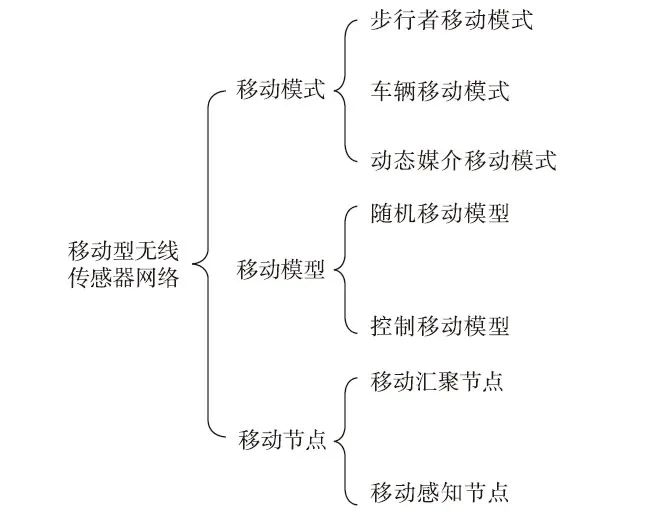
▲ Mobile wireless sensor network mobility patterns, mobility models, and mobile node classifications
The goal of data collection is to design efficient data collection methods that combine actual application needs and the characteristics of wireless sensor networks, ensuring the energy efficiency, scalability, and dynamic adaptability of the collected data. Although research on data collection in wireless sensor networks has been ongoing for many years and has yielded a significant amount of research results, new application characteristics and demands continue to emerge with the diversification of wireless sensor network applications. Existing data collection methods still have defects and shortcomings, specifically: the energy expenditure of data collection is high, and energy consumption among sensor nodes is unbalanced; the effectiveness of correlation measurement among sensor nodes is poor, making effective spatial clustering impossible; data collection accuracy is low and uncontrollable; and the design goals of data collection methods are singular, failing to meet the data collection application needs of various network scenarios.
Currently, research hotspots in wireless sensor networks both domestically and internationally have shifted from static data collection to mobile data collection. Mobile data collection has become a new research direction in wireless sensor network research. Compared to traditional data collection methods, mobile data collection can greatly save energy in sensors, extend the network lifespan of sensors, and effectively eliminate the unevenness of energy consumption among sensors. By applying modern communication technologies such as multiple-input multiple-output (MIMO), space division multiple access (SDMA), and concurrent data upload technology to the mobile data collection of wireless sensor networks, the performance of mobile data collection has significantly improved. Therefore, mobile data collection has surpassed the traditional research scope and depth of wireless sensor networks (WSN), providing a new theoretical foundation for the deployment methods and operating mechanisms of future wireless sensor networks.

▲ Data collection model based on anchor range transmission in wireless sensor networks (where a subset of sensor positions is used as anchors)
The book “Mobile Data Collection in Wireless Sensor Networks” (by Guo Songtao et al., Beijing: Science Press, 2023.10) is based on the author’s recent research results in mobile data collection in wireless sensor networks, receiving high praise in the international academic community and possessing a certain level of advancement and foresight. Readers will gain an understanding of the basic concepts, key technologies, and important conclusions of mobile data collection in wireless sensor networks through this book, as well as grasp the research directions of wireless sensor networks. Through reflection and summary of some basic research methods and results, it will help form unique research ideas and new research directions.
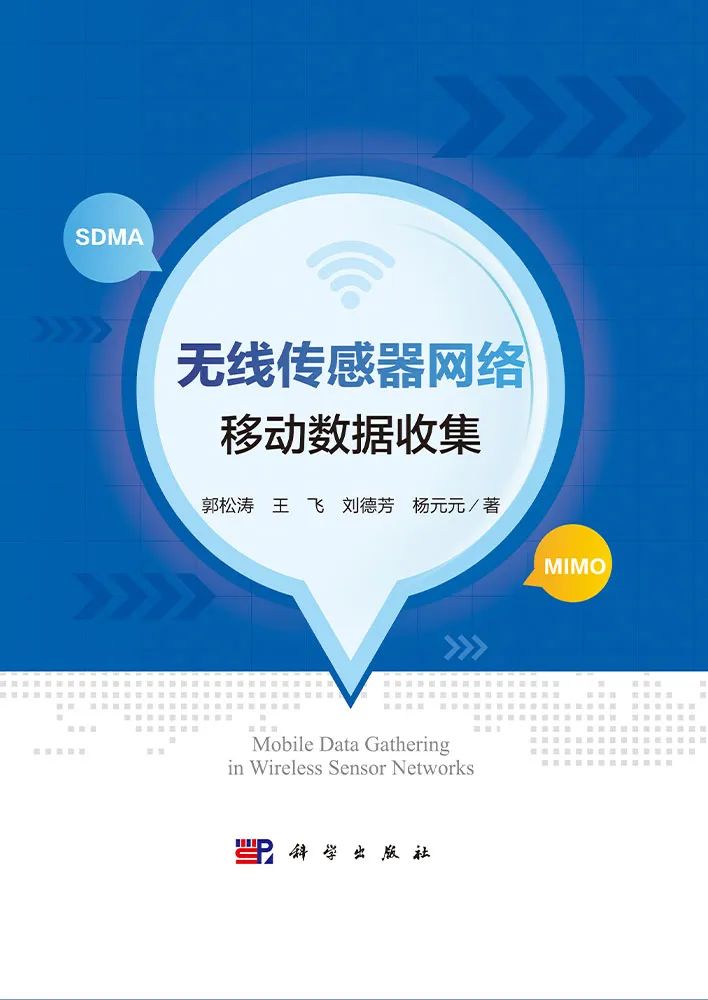
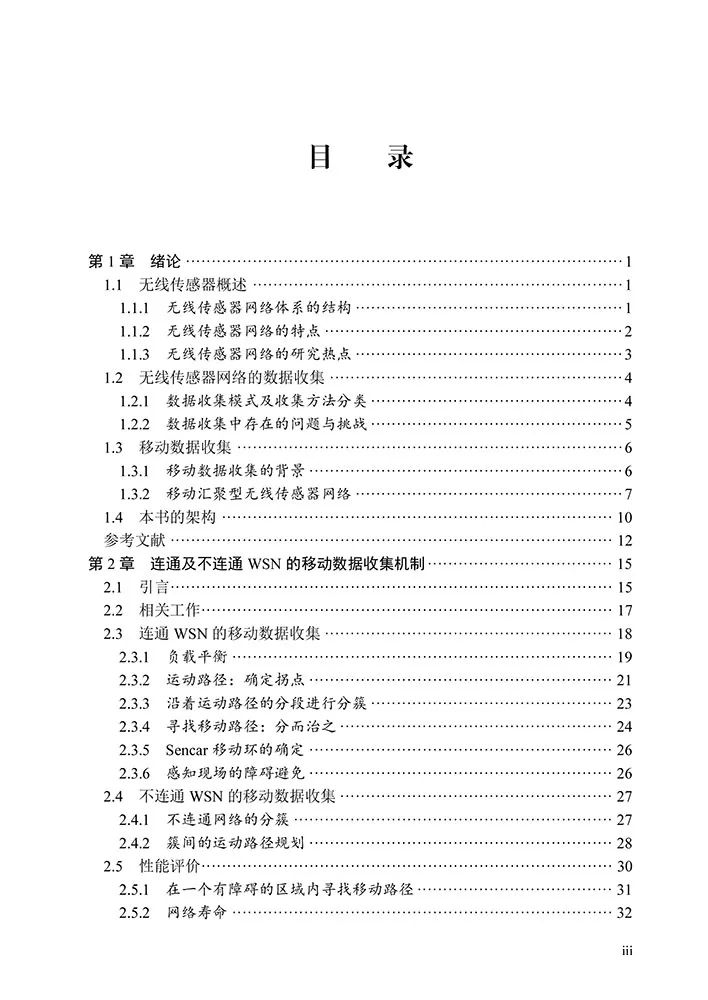
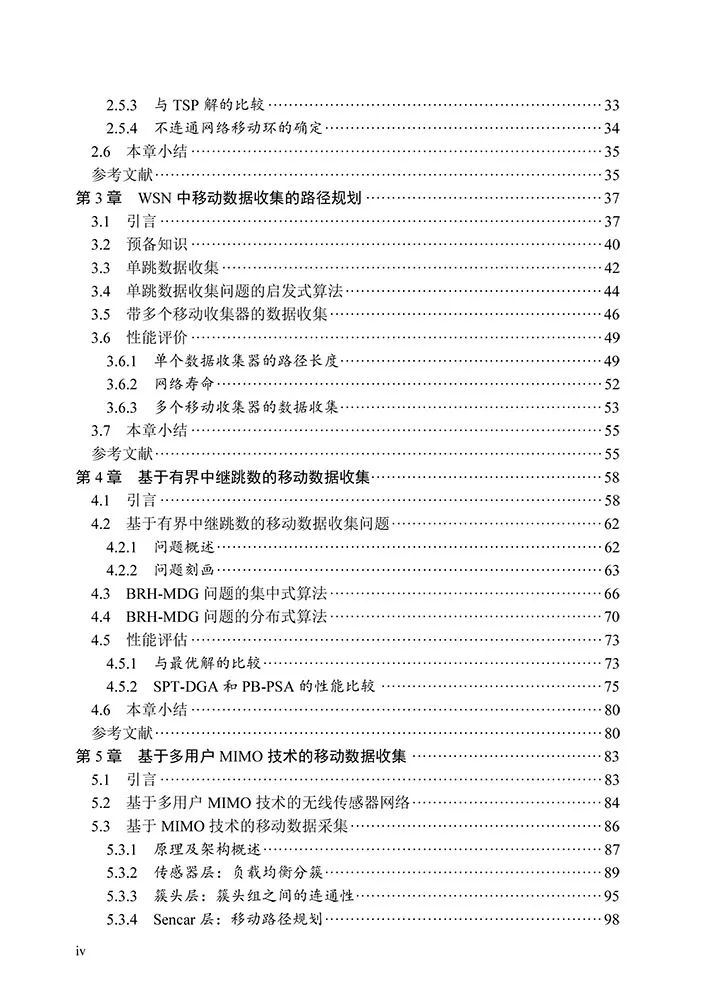
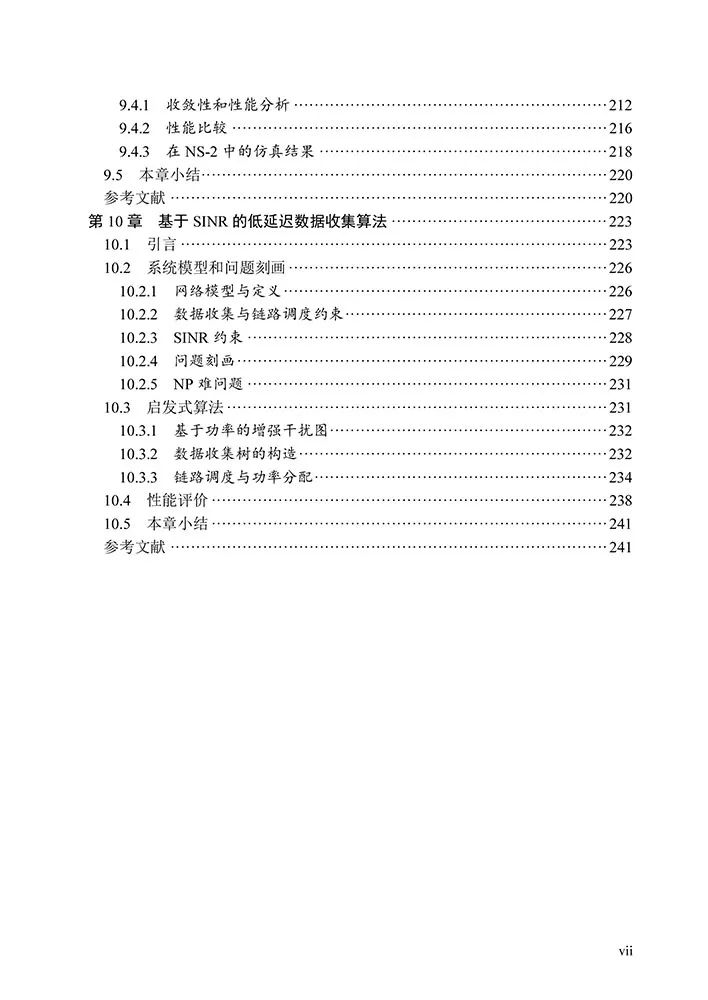
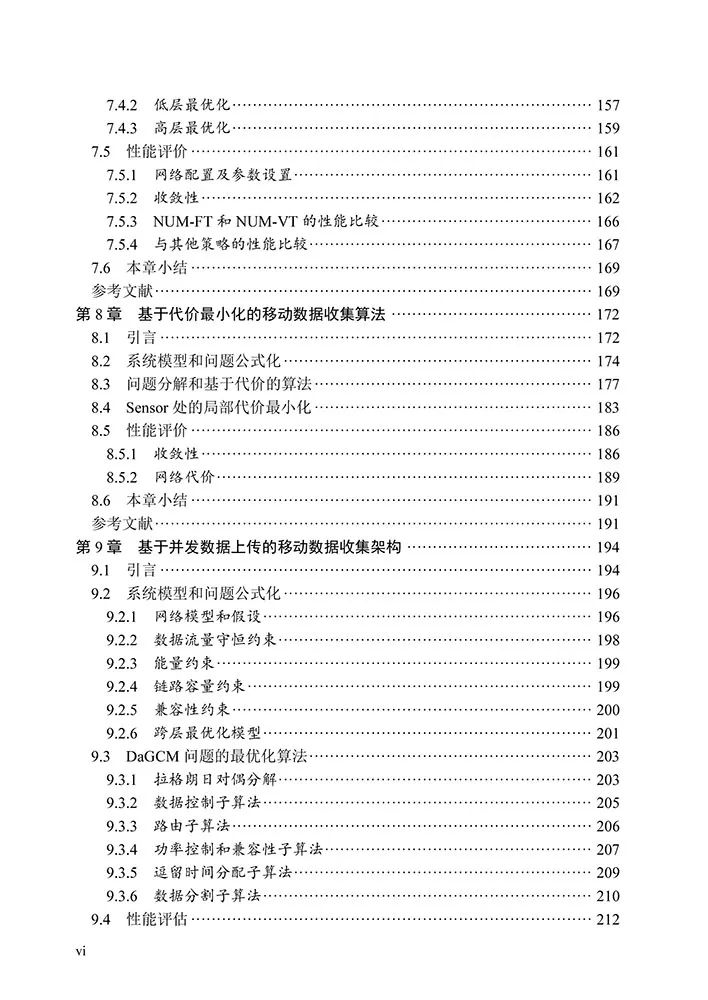
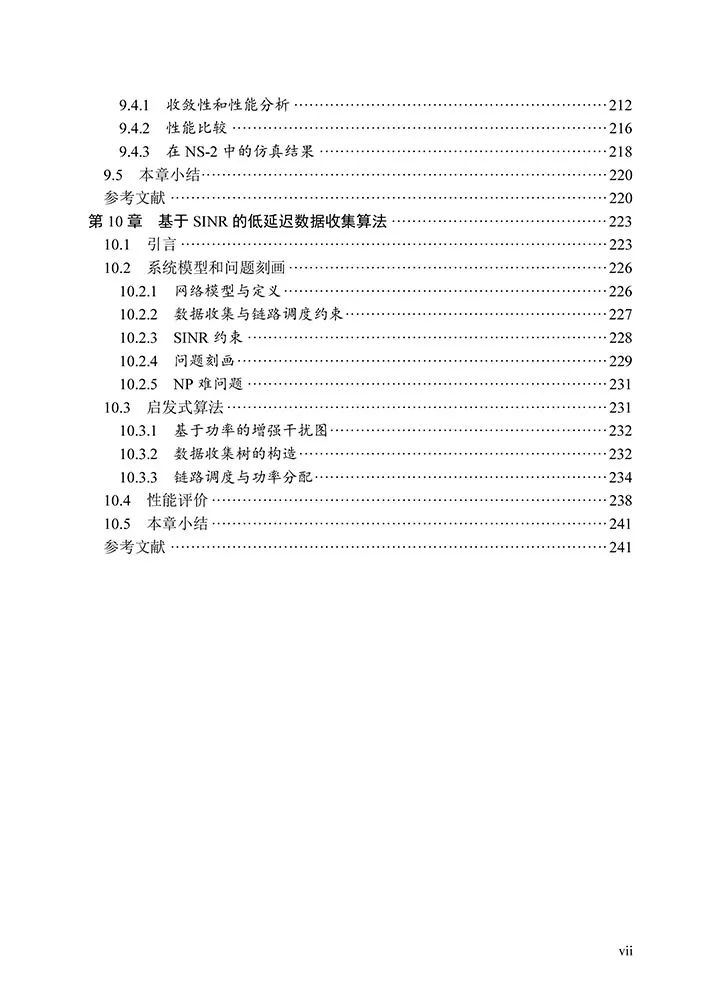







← Swipe to view directory →
This book elaborates on the fundamental theories, key technologies, and latest research findings in mobile data collection in wireless sensor networks, detailing the application of modern communication technologies such as multiple-input multiple-output (MIMO), space division multiple access (SDMA), and concurrent data upload in mobile data collection of wireless sensor networks, and deeply discussing the mobile data collection mechanisms in wireless sensor networks under connected or disconnected conditions, low transmission delay, minimal collection costs, and bounded relay hops.
In terms of organizational structure, the book first introduces wireless sensor networks and data collection, providing classifications of data collection, existing problems, challenges, and classifications of mobile data collection, and then discusses in detail the mobile data collection mechanisms for connected and disconnected WSNs, path planning for mobile data collection in WSNs, mobile data collection based on bounded relay hops, mobile data collection based on multi-user MIMO technology, and effective mobile data collection based on space division multiple access, among other key technologies. Finally, it elaborates on optimization-based distributed mobile data collection algorithms, cost-minimization-based mobile data collection algorithms, mobile data collection architectures based on concurrent data upload, and low-latency data collection algorithms based on signal to interference plus noise ratio (SINR).

This article is an excerpt from the “Preface” and “Chapter 1: Introduction” of the book “Mobile Data Collection in Wireless Sensor Networks” (by Guo Songtao et al., Beijing: Science Press, 2023.10), with edits and modifications. The title is added by the editor.
ISBN 978-7-03-061852-8
Editor: Zhang Zhan, Huang Jia
(Article edited by Liu Sidan)

Read Science Together!
Science Press│WeChat ID: sciencepress-cspm
Professional Quality Academic Value
Original and Readable Scientific Taste

Science Press Video Account
Hardcore and Informative Audiovisual Science
Disseminating Science, you are welcome to light up★ the star mark, like, and view ▼